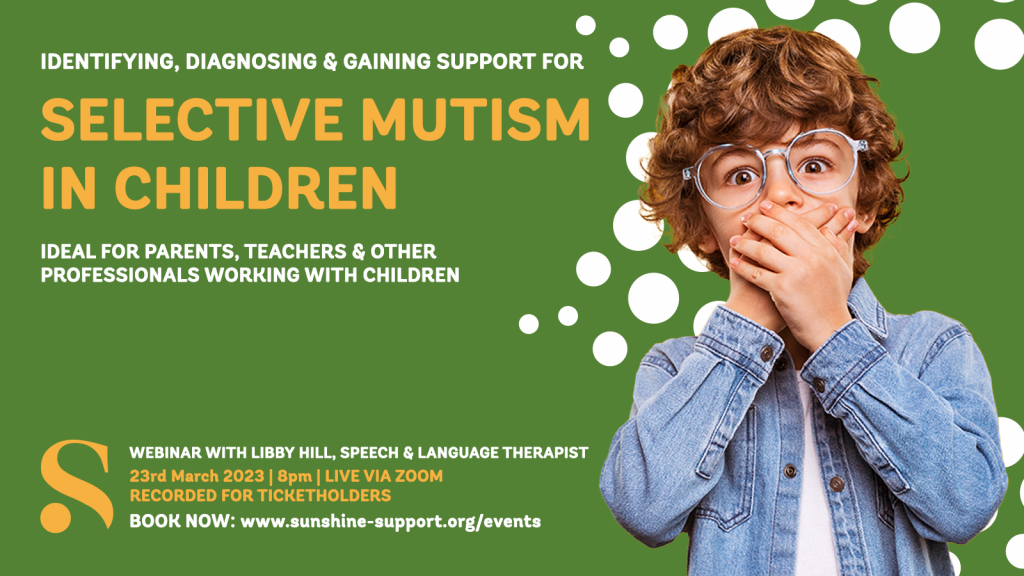
I can still recall having to learn how to tie a tie (not a clip on one, an actually tie you had to physically tie) from the age of about 6 years old. Thinking about that now, 15 years later, it really is BIZARE. Why on earth did a primary school require children to dress as if they were about to enter a conference meeting to sign off a massive partnership deal or something? We we’re Victorian, not that you could tell as dozens of miniature adults marched to school wearing polished shoes, black satchels and full suit and tie…
The worst part was how uncomfortable they felt to wear. Itchy and dry school shirts, tight leather shoes and baggy grey trousers. Oh, and if you were a girl then you had to wear a skirt which is sexist and very oppressive. Boys can wear skirts, girls can wear trousers, you don’t even have to have a gender anymore. So, if any schools out there are still implementing these old-fashioned ideas of gender, then you should get with the times and stop perpetuating a patriarchal society. DO BETTER. Rant over.
Back to my initial point, school uniforms can be incredibly uncomfortable. Imagine what it would be like to have a sensory difference on top of that. It can be incredibly distressing and quite often lead to sensory meltdowns. So, as we enter a new school year, how can we help support those children?
What is sensory processing?
We are all experiencing sensory process constantly. Everything that our senses take in are processed and our bodies react accordingly to whatever the stimulus is. However, an extremely common thing amongst neurodivergent people is to have heightened sensitivity to stimuli. Their senses take in more information which means there is more to process and more to react to.
Of course, this can sometimes be a positive thing. There are many neurodivergent artists/musicians/chefs who utilise their sensory diversity to be creative in new ways. Often they think outside of the box or take risks to make something new. My point being, it’s not all doom and gloom!
Sensory Processing and school uniform
This is an issue that many SEND parents face. Children cannot wear the require uniform because it doesn’t agree with their sensory needs. There’s this joke I am sure lots of us see on Facebook from time to time; “I’m sorry I can’t talk right now I have socks on” or something along those lines. Although it is a joke, it’s also a reality for some. Sensory reactions can manifest themselves in many different ways, such as:
- Anxiety
- Meltdowns
- Panic Attacks
- Selective Mutism
- Difficulties focusing
- Sleep problems
- Fear
- And more… (there’s most definitely an infinite amount of presentations, nothing shocks us anymore!)
The difficult thing is to find ways to combat this. How can we prevent sensory overload from school uniform?
It’s not just sourcing materials that are fulfilling sensory needs but also taking into account the child’s social needs. It would be all too easy to just send them to school wearing whatever they feel comfortable with. This would seem like an easy fix but will this cause them to receive unwanted attention from offer students and school workers? How will they feel to be “the odd one out”? And how much distress could this cause them?
Tips from Team Sunshine
One of the benefits of being a very neurodiverse team is that we all have that very important lived experience. It allows us to understand on a personal level what it feels like to have additional needs and most importantly it has provided us with the knowledge to help you.
So, here are our best tips to support those with a sensory processing difference when it comes to school uniform:
Consider talking to an Occupational Therapist
Understanding why a behaviour happens is usually key to finding a solution. An OT will be able to explain a child’s sensory difference and sensory needs in detail. The issues occurring may even have a simple fix or easy explanation, an OT will uncover this.
Bamboo Socks / Seemless Socks
You can thank Rea for this one! Bamboo socks and seamless socks have been a bit of a godsend for those with a sensory difference. They are comfy, diverse and usually non sensory offensive.
Sensory friendly alternatives
There are so many supermarkets who have branched out in sensory friendly uniform alternatives! M&S and ASDA are usually a good place to start. They offer all manner of plain uniforms that you could easily get a custom school emblem embroidered on.
It’s often worth talking to the school too. Perhaps they will be able to offer alternative solutions.
A gentle and consistent approach!
It’s no mystery why so many children refuse to wear a uniform and even more understanding if there’s a sensory difference somewhere there too. So, our best advice is to be gentle and never force anything. We don’t want getting dressed for school to become associated with negative emotions, instead we want to create a calming and non-threatening environment that promotes safety. Keeping this consistent will have greater benefits.







